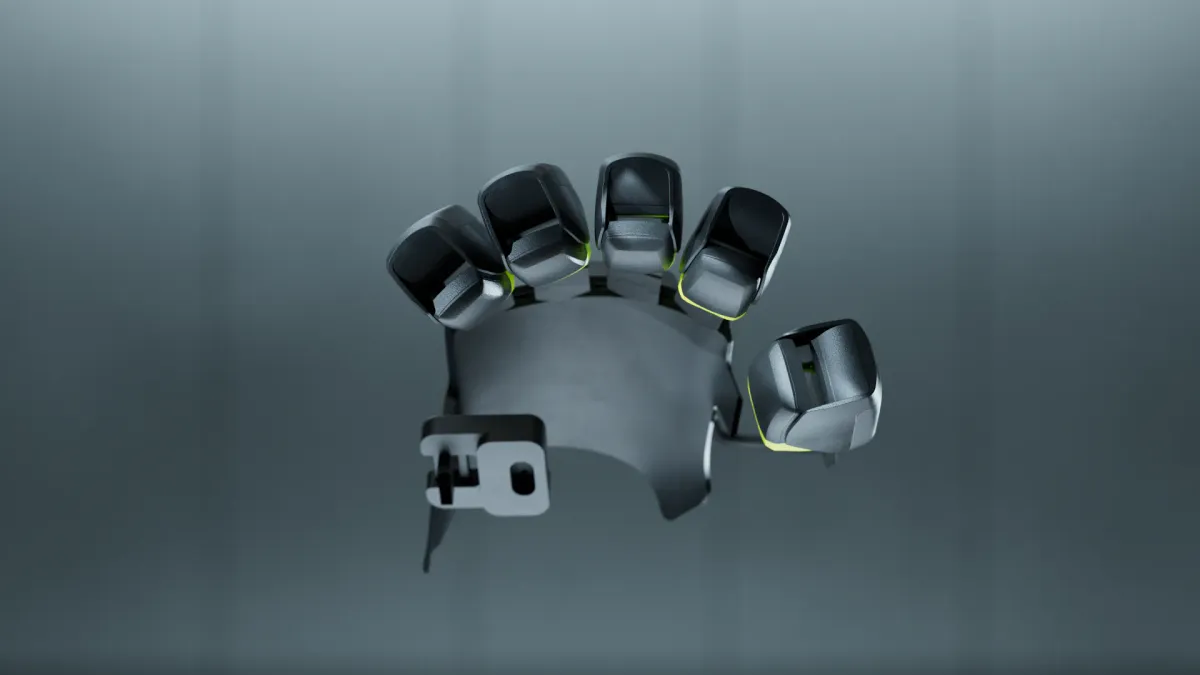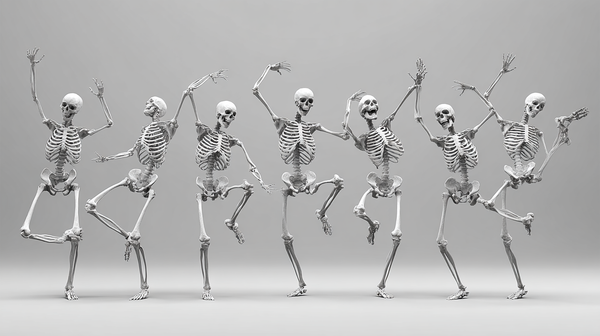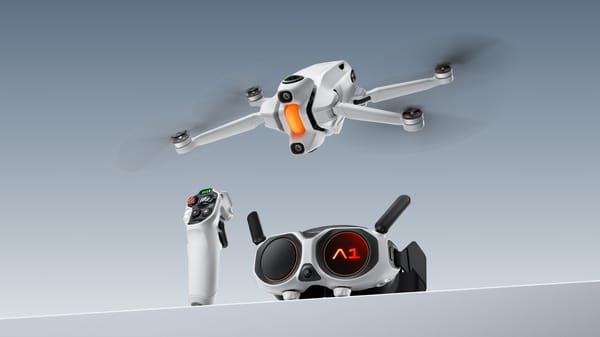Nokia Shares Progress on Conductivity-Based Thermal Haptics for XR Touch

- Nokia detailed its latest research into heat-based touch systems that let users feel temperature differences, like hot and cold, in virtual environments.
- A live demo at the IEEE World Haptics Conference will invite users to identify materials by sensing how they heat up or cool down in response to virtual flames and cold sources.
Nokia has shared progress in its research on conductivity-based thermal haptics, a system that adds the sensation of heat and cold to extended reality (XR). By modeling how heat flows through different materials, based on real-world energy transfer, the technology simulates how materials heat up or cool down differently, allowing users to perceive what an object is made of based solely on how its temperature feels to the touch.
To demonstrate, Nokia will host a hands-on experience at the upcoming IEEE World Haptics Conference. Attendees will wear Weart TouchDIVER Pro haptic gloves, pick up virtual blocks, and move them closer to simulated flames or cold areas. As the blocks heat up or cool down, participants must determine whether each is made of wood, metal, or glass, and sort them accordingly.
This research is part of Nokia’s broader work in immersive media, codec development, and haptics standardization. The company states that it is committed to helping define how future XR systems integrate sight, sound, and touch to create more lifelike digital experiences.
🌀 Tom’s Take:
For XR to be truly immersive, more of our senses need to be involved. While visuals and spatial audio are already standard, touch, especially the ability to feel temperature, remains underexplored. Research like Nokia’s is key to making XR experiences feel genuinely real.
Source: Nokia




